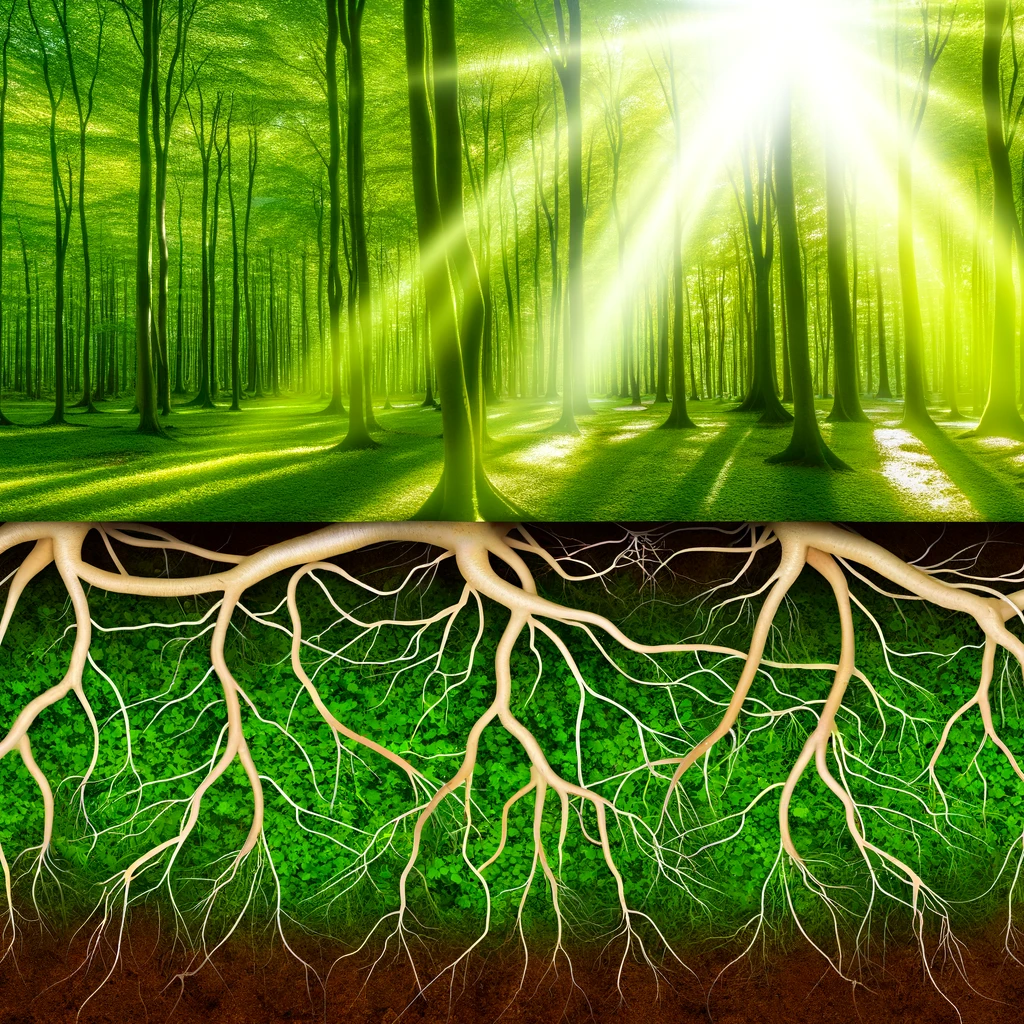
The Hidden Life of Trees: What They Feel and How They Communicate
Welcome to the enchanting world of trees! Yes, you heard it right. Trees are not just tall, leafy giants standing still in the forest. They have a hidden life full of intriguing secrets, emotions, and even social networks! So, let's embark on this leafy adventure and uncover the mysteries of what trees feel and how they communicate.
The Secret Society of Trees
Imagine a world where trees talk to each other. You might think this sounds like a scene straight out of a fantasy novel, but it's true! Trees are part of a secret society that operates under the forest floor. This underground network is known as the mycorrhizal network, or more whimsically, the Wood Wide Web.
What is the Wood Wide Web?
The Wood Wide Web is a complex network of fungi that connects tree roots. Through this network, trees can share nutrients, water, and even send warning signals to each other. Think of it as a tree version of the internet, where trees are the users, and the fungi are the cables connecting them.
Do Trees Have Feelings?
Now, you might wonder, do trees actually have feelings? Well, in a way, yes! While they don't have a brain or nervous system like us, trees respond to their environment in fascinating ways. For example, when a tree is under attack by pests, it can release chemical signals to warn its neighbors. These signals prompt other trees to produce defensive chemicals. It's like a tree SOS!
The Emotional Lives of Trees
Some scientists suggest that trees can even experience stress and happiness. When a tree is well-nourished and in a healthy environment, it thrives and grows. Conversely, when it's in a poor environment, it can become stressed and stunted. So, the next time you're walking through a forest, take a moment to appreciate the emotional rollercoaster that trees might be experiencing.
Tree Talk: How Do Trees Communicate?
Trees have a surprisingly sophisticated communication system. Apart from the chemical signals we mentioned earlier, trees also use physical and electrical signals. For instance, when a giraffe munches on an acacia tree in the African savanna, the tree can increase the toxicity of its leaves to deter the animal. But that's not all! The tree also releases a chemical into the air, warning nearby trees to do the same.
Can Trees Recognize Their Families?
Believe it or not, trees can recognize their relatives. Studies have shown that trees tend to be more generous with their resources when they're connected to family members via the mycorrhizal network. It's heartwarming (and a bit mind-boggling) to think that trees have a sense of kinship!
What Can We Learn from Trees?
Trees offer us valuable lessons in cooperation, resilience, and community. They remind us of the importance of supporting one another and thriving in harmony with our environment. By understanding the hidden life of trees, we can better appreciate the natural world and, perhaps, become better stewards of our planet.
Conclusion: The Magic of Trees
The more we learn about trees, the more we realize how little we actually know about these incredible beings. Trees are not just passive plants; they are active participants in their ecosystems. So, the next time you take a walk in the woods, remember that you're surrounded by a living, breathing, and communicating community. And who knows? Maybe the trees are watching you, too!
Related Articles





